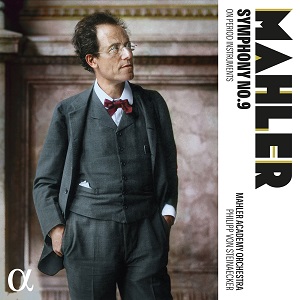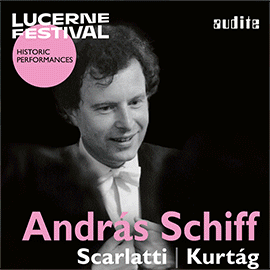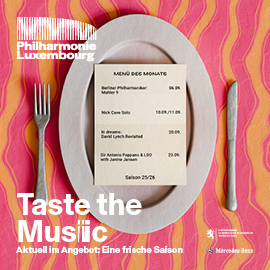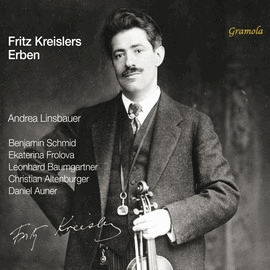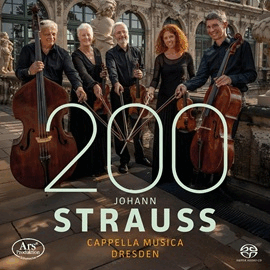Diese Aufnahme von Mahlers Neunter Symphonie wurde mit historischen Instrumenten eingespielt, wie sie der Komponist in Wien benutzte. Laut Verlagsangaben hat es sich das Mahler Academy Orchestra zur Aufgabe gemacht, « dieses Instrumentarium zu rekonstruieren und zu erforschen, wie Musiker der damaligen Zeit es spielten ».
Aufgenommen wurde das Werk in Toblach, dort, wo Mahler es zwei Jahre vor seinem Tod, komponierte. Freilich gab es damals dort den Saal nicht, wo diese Aufnahme entstand, die etwas hallig geraten ist: Man könnte glauben, sie sei in einem Kirchenraum entstanden. Dennoch ist sie recht klar und bringt die Charakteristiken der Instrumente, vor allem der Bläser, gut zu Gehör. Die Texturen klingen unerwartet anders als in Aufnahmen mit heutigem Instrumentarium.
Nun ist das nur ein Teil des Ganzen. Der andere, für mich immer noch wichtigere, ist die Interpretation. Und es ist ganz offensichtlich, dass Steinaecker die Instrumente nutzt, um sein Ideen zu schärfen. Die Seufzer zu Beginn sind so ausgeprägt, dass einem fast schwindelig wird, die Blechbläser setzen kontinuierlich angstvolle Akzente, und so bekommt der der erste Satz einen höchst irritierenden Charakter, in dem Mahlers manchmal theatralisch geäußerte und von Angst und Unsicherheit geprägte Geisteshaltung voll zum Ausdruck kommt in einem Kaleidoskop mit Bildern eines erfüllten und doch sehr besonderen, an Schicksalsschlägen reichen Lebens, das akustisch an uns vorüberzieht, grimassierend, in einem Himmeljochjauchzend-zu-Tode-betrübt-Wechsel.
Der zweite Satz, Ländler, bekommt bei Steinacker und seinen Akademisten eine wirklich deftig rustikale Qualität, während die Rondo-Burleske uns mit einem frenetischen und extrem bizarren Trubel konfrontiert: verrückter und unkontrollierter kann man das wohl nicht spielen.
Der Beginn des Adagios wird somit umso wirkungsvoller im Wechsel zwischen kraftvoll und zart zurückhaltend, mit einem gewaltigen Aufbäumen vor dem endgültigen Zusammenbruch. So bedeutungsvoll erlebt man diese Symphonie nicht immer.
This recording of Mahler’s Ninth Symphony was made on period instruments as used by the composer in Vienna. According to the publisher, the Mahler Academy Orchestra has set itself the task of « reconstructing these instruments and researching how musicians of the time played them ».
The work was recorded in Toblach, where Mahler composed it two years before his death. Admittedly, the hall in which this recording was made did not exist at the time, and the recording is somewhat reverberant: one could be forgiven for thinking it was made in a church. Nevertheless, it is quite clear and brings out the characteristics of the instruments well, especially the winds. The textures sound unexpectedly different from recordings of today’s instruments.
But that’s only part of the story. The other, and more important to me, is the interpretation. And it is quite obvious that Steinaecker uses the instruments to sharpen his ideas. The sighs at the beginning are so pronounced that they almost make you dizzy, the brass constantly sets anxious accents, and so the first movement takes on a highly irritating character, in which Mahler’s sometimes theatrically expressed state of mind, characterized by fear and insecurity, is fully expressed in a kaleidoscope of images of a fulfilled and yet very special life, rich in strokes of fate, which pass us by acoustically, grimacing, in an alternation of heavenly jubilation and death brooding.
The second movement, the Ländler, takes on a truly hearty, rustic quality with Steinacker and his musicians, while the Rondo-Burleske confronts us with a frenetic and extremely bizarre hustle and bustle: you can’t play it any crazier and more uncontrolled.
This makes the beginning of the Adagio all the more effective in its alternation of power and tender restraint, with a powerful rebellion before the final collapse. One does not always experience this symphony with such significance.










